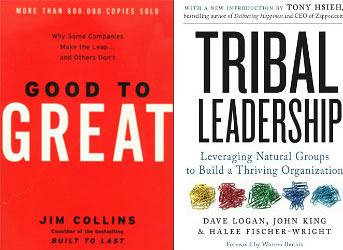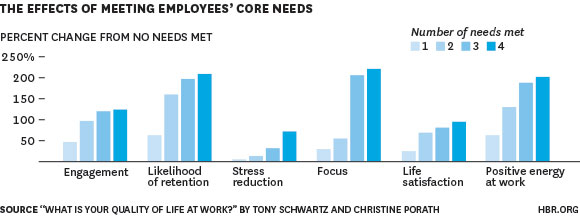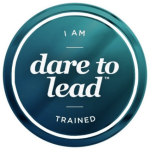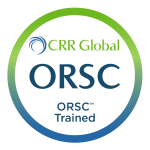
With the holiday season wrapping up and a new year on the horizon, this is the time of year we reflect on the past and set our intentions for the future.
I have a series of reflections I use with my coaching clients as well as for myself. Try them out! Answer where you can from both a personal and professional stance.
Looking Back on 2014
- What was one defining moment in 2014?
- In what way(s) has 2014 shaped you for the better?
- As you reflect on 2014, what are you grateful for and what are you appreciating?
- Overall, how would you rate 2014 on a scale of 1 to 10?
- What would have made 2014 a 10 out of 10?
Looking Ahead to 2015
- As you look ahead to 2015, what excites you?
- What are your key goals and objectives for 2015? (or as the book The 4 Disciplines of Execution asks, “What are your Wildly Important Goals?”)
- Where and how do you want to stretch yourself in 2015?
- What will make 2015 a 10 out of 10 year for you?
- What is a possible theme for the year that could serve to lock in a resonant 2015? (Maybe a song, a sports team or a movie—old or new—as long as it resonates with you.)
You may find this is a fun way to spend New Year’s Eve or New Year’s Day with loved ones. I believe sharing these reflections deepens their meaning. And sharing your goals and dreams with those you care about provides more of an incentive moving forward.
Let me know if there’s a question you like to reflect on that’s not listed above. This is a process I have been evolving for some time now, and surely there are other reflections that would enhance the process.
Time to Get a Coach?
Perhaps this is the year for you to get a coach. People with coaches are seven times more likely to achieve their goals because of the accountability a coach requires and the support and positive motivation a coach provides.
Give Chris a call at 541.601.0114 or email for a sample session to see if coaching is right for you.
Read our other blog posts on coaching:
Why Coaching, Why Now
The Wall Street Journal reveals that executive coaches report steady demand for their services despite the recession. As the economy begins to bounce back …
Leadership Coaching
As a leader, you want your organization to succeed. You work hard to create a culture of high-performance. You encourage your employees’ happiness because …
Personal Coaching for Leaders and Organizational Development
Personal coaching supports and challenges leaders to maximize their potential, which ultimately maximizes the potential of the people they lead. Our coaching goals are to …
What’s Holding You Back from Reaching Your Potential? How to Find a Coach Who’s the Right Fit
Do you have a goal you want to reach by the end of the year—either career-related or personal? Is there something you want to improve or …
This Is for All the Lonely Leaders: Why Partner with an Executive Coach
Think back on your life. As you were growing up, who nudged you toward greatness? Who gave you gentle support while simultaneously …







 The realization that happy workers drive business success is sweeping the world, and the research keeps growing. Researchers at
The realization that happy workers drive business success is sweeping the world, and the research keeps growing. Researchers at 








